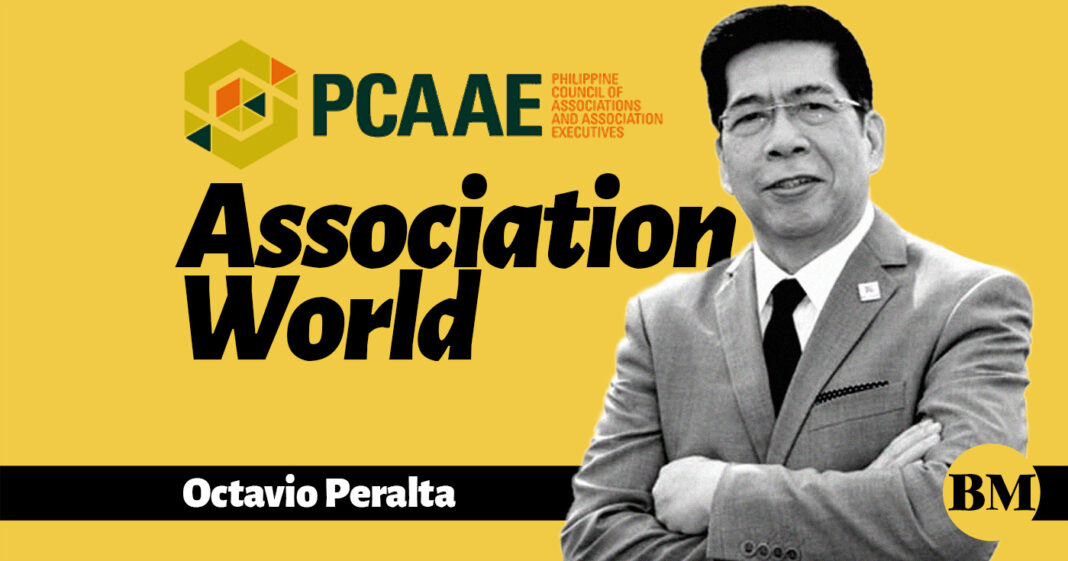
WHAT do the Black Death (mid-1300s), Spanish Flu (1918-1920) and Covid-19 pandemics have in common, aside from causing the death of millions? They were all universal adverse events that have changed the world forever.
Gihan Perera futurist, online presenter, conference speaker and author, opened his webinar presentation entitled “Forever After: The Future Isn’t What it Used to Be!” with this story.
Below are my key takeaways on the three levels of what the future holds that Gihan covered (global, digital and personal), which I thought will resonate with associations:
Global:
1. “We’re not safe until we’re all safe.”
This refers to the varying status of vaccination globally, i.e., high vaccination in high-income countries and low vaccination in low-income countries, which has implications on how long this current pandemic will last.
The longer the pandemic lingers, the more challenges associations have to face in terms of member engagement, product and services delivery, revenue generation, work productivity, as well as its own survival.
2. Time zones matter than geographical locations.
This relates, for example, to organizing an international association’s work teams that need to collaborate more effectively and efficiently. By being in the same time zone as opposed to a dispersed location, the association will be able to deliver its role better and faster.
3. On change of business and innovation mindset, Gihan quoted Kiran Mazumdar-Shaw, an Indian billionaire entrepreneur who said: “For me, a blockbuster drug is about serving at least one billion patients, not about a billion dollars. It’s about patients first and business will follow.”
If you substitute the word “drug” with “service” and “patients” with “members,” this becomes a subtle message to associations on how they need to care for their members first.
Digital:
1. Omnichannel retail.
This refers to a retailer’s efforts to provide a consistent and coordinated customer experience across all possible distribution channels, using dependable and universal data. For an association, this helps in promoting and delivering its services to members largely driven by technologies and data analytics.
2. Online learning (also known as e-learning).
While online learning has been there for quite a while, the pandemic has hastened its transformation. Associations must now offer most of their knowledge resources in digital formats and distribution media.
Personal:
1. Mental health
This includes emotional, psychological and social well-being which affect how people think, feel and act and helps determine how they handle stress, relate to others and make healthy decisions. More than ever, associations have to deal with this issue, especially with their stakeholders.
2. “Avocado leader”
Someone who has a “soft outside” (people skills) and “hard inside” (business acumen); something that an association can emulate.
Two more add-ons: be an active learner and talk to young people. If you have a youngster in the family, Gihan quips, “the future is living with you!”
The column contributor, Octavio ‘Bobby’ Peralta, is founder & CEO of the Philippine Council of Associations and Association Executives (PCAAE). The PCAAE is holding the Associations Summit 9 (AS9) on November 24 and 25, 2021. The two-day virtual event is supported by the Tourism Promotions Board. E-mail inquiries@adfiap.org for more details on AS9.

